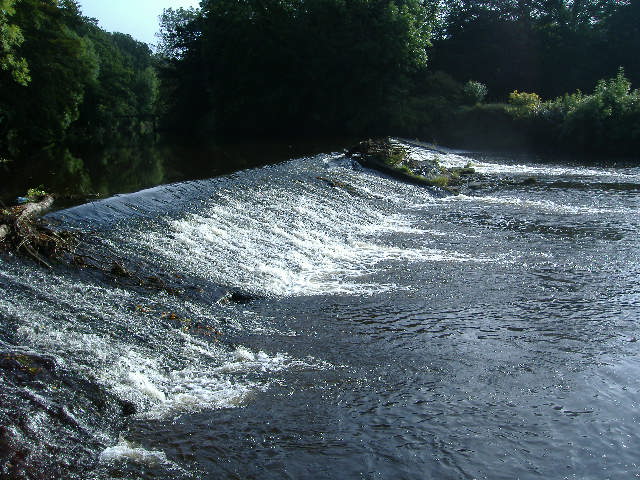Hydropower – the world’s oldest method of harnessing clean power
Greater awareness of the potential damage to the planet from global warming has lead governments and multinational organisations to take measures to mitigate the impacts of human activity on the climate. With little or no CO2 and other greenhouse gas emissions and high energy payback, hydropower supports clean development and is recognised as being fully renewable and sustainable.

Some interesting hydropower facts:
- Hydropower is the world’s leading renewable energy resource and the oldest method of harnessing clean power – the first waterwheels were used over 2,000 years ago
- It currently produces around 17% of the world’s electricity and 90% of the world’s renewable power
- Twenty-five countries depend on hydropower for 90% of their electricity
- Less than one third of the world’s practical hydro capacity has been developed
- Hydropower beats all other electricity generating technologies with a pay-back ratio of 300 (energy produced/energy to produce) – this is ten times more than oil-fired power stations.
- There are no direct CO 2 emissions from hydro projects.

- Small hydro schemes have minimum visual impact on their surrounding environment.
- Hydropower, after 150 years as an electricity generating source, is still one of the most inexpensive ways to generate power
- Most large hydro stations have dams but thousands of small hydro stations don’t – they are ‘run-of-river’ schemes and make a minimal impact on the environment
- Hydro is the only renewable technology that can be used to store large quantities of energy in a clean environmentally-friendly way. This is done by reservoir storage and pumped storage schemes.
- Hydro installations can have a useful life of over 100 years – many such plants are in existence worldwide
- A modern hydro turbine generator can convert over 90% of the energy in the available water into electricity. This is more efficient than any other form of generation.

Hydropower is a flexible technology, proven, improved and refined over many years, yet its site-specific features make it highly innovatory in application, which makes use of a wide range of available resource – large or small, storage or run-of-river, and including tidal range, canals and even water treatment works. It is still one of the most inexpensive ways to generate power, playing an important role in our electricity system stability.







